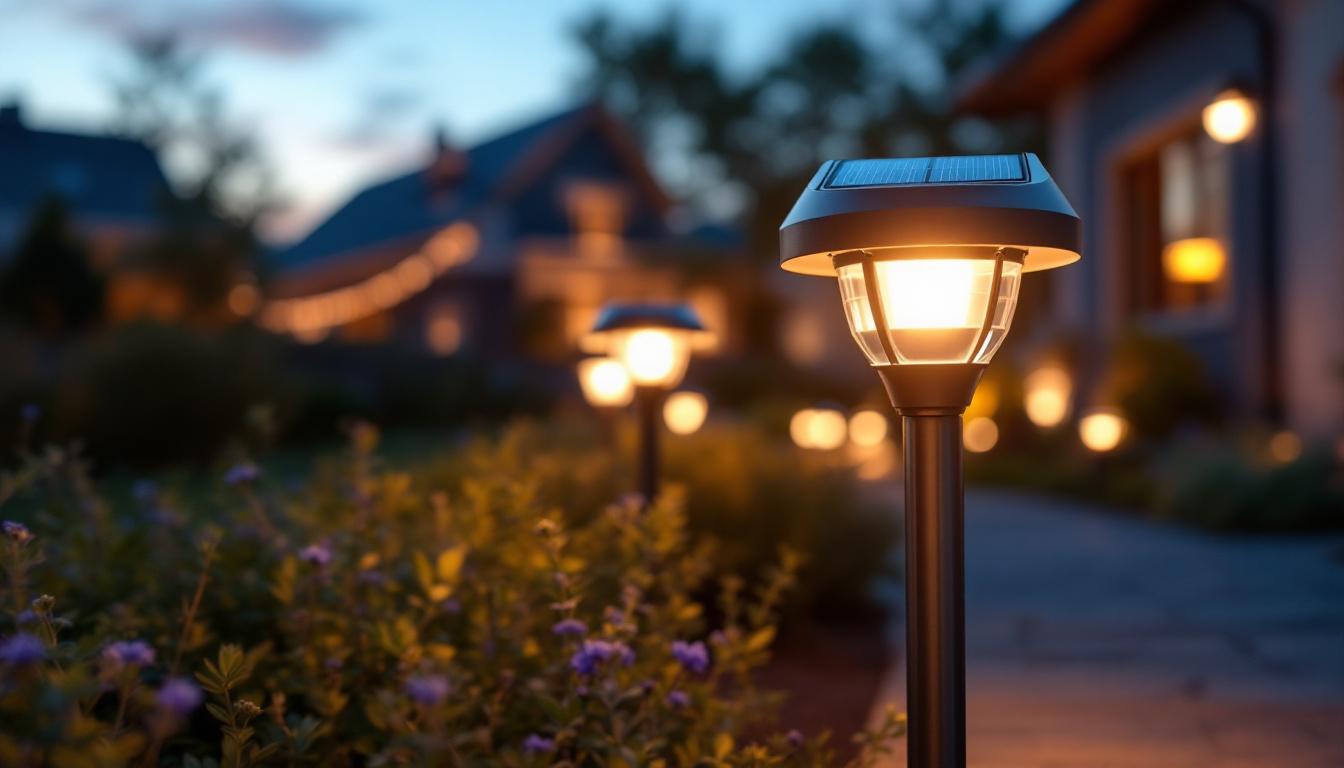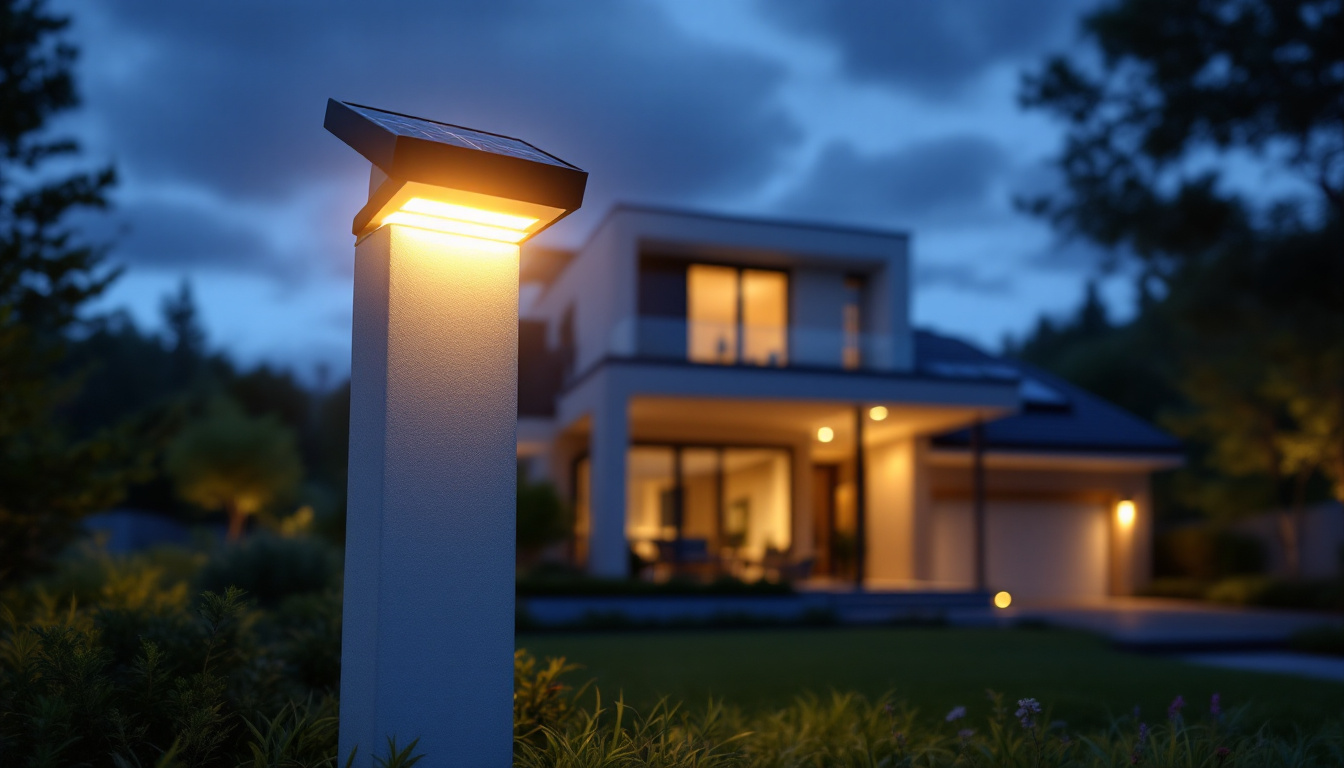
Lighting plays a crucial role in both residential and commercial spaces, and understanding the components that contribute to effective illumination is essential for lighting contractors. One such component is the fluro light ballast. This article delves into the intricacies of fluro light ballasts, providing valuable insights for lighting contractors who wish to master their craft.
Fluro light ballasts are devices that regulate the current to fluorescent lamps. They are essential for starting the lamp and maintaining its operation. Without a proper ballast, fluorescent lights would not function efficiently, leading to flickering or even complete failure. Understanding how these ballasts work is fundamental for any lighting contractor.
The primary function of a ballast is to provide the necessary voltage to start the lamp and then limit the current to prevent overheating. This regulation is crucial because fluorescent lamps operate differently than incandescent bulbs. While incandescent bulbs can easily adjust to changes in voltage, fluorescent lamps require a specific electrical environment to function correctly.
Ballasts come in two main types: magnetic and electronic. Magnetic ballasts are older technology, using electromagnetic induction to operate fluorescent lights. They are generally larger, heavier, and can be less energy-efficient. On the other hand, electronic ballasts are more modern, offering advantages such as lighter weight, smaller size, and improved energy efficiency. Understanding these differences is vital for contractors when selecting the appropriate ballast for a given application. Additionally, electronic ballasts often provide features like dimming capabilities and compatibility with advanced lighting controls, making them a preferred choice for energy-conscious projects.
A fluro light ballast consists of several key components, including the transformer, capacitor, and ignitor. The transformer is responsible for stepping up the voltage to start the lamp. The capacitor helps to smooth out the electrical current, ensuring stable operation. The ignitor, often found in magnetic ballasts, provides the initial spark needed to ignite the gas within the lamp.
Familiarity with these components allows lighting contractors to diagnose issues effectively and make informed decisions when selecting replacement parts or upgrades. A deep understanding of how each component interacts can also lead to better troubleshooting techniques and improved customer satisfaction. Furthermore, advancements in technology have led to the development of smart ballasts that can communicate with building management systems, allowing for real-time monitoring and control of lighting conditions. This integration not only enhances energy efficiency but also supports sustainability initiatives by reducing overall energy consumption in commercial spaces.
Moreover, the choice of ballast can significantly impact the quality of light emitted by fluorescent lamps. For instance, electronic ballasts can reduce flickering and provide a more consistent light output, which is particularly important in settings like offices and retail spaces where lighting quality can affect productivity and customer experience. Understanding these nuances enables contractors to recommend solutions that not only meet technical specifications but also align with the aesthetic and functional needs of the environment.
Lighting contractors must be well-versed in the various types of fluro light ballasts available on the market. Each type has its own advantages and disadvantages, making it crucial to choose the right one for specific applications.
Magnetic ballasts have been around for decades and are known for their durability. They operate using a magnetic field to regulate the current flow to the lamp. While they are reliable, they tend to be less energy-efficient compared to their electronic counterparts. Additionally, magnetic ballasts can produce a noticeable hum, which may be undesirable in quiet environments.
Despite these drawbacks, magnetic ballasts can still be found in many older installations. Lighting contractors should be prepared to work with these units, especially when retrofitting older buildings or replacing outdated fixtures.
Electronic ballasts have gained popularity due to their energy efficiency and compact design. They operate at a higher frequency than magnetic ballasts, which allows for smoother light output and reduced flicker. This feature is particularly important in environments where consistent lighting quality is critical, such as in offices or retail spaces.
Moreover, electronic ballasts are generally lighter and smaller, making them easier to install and replace. They also tend to have a longer lifespan, which can reduce maintenance costs over time. Lighting contractors should promote the benefits of electronic ballasts to clients looking for energy-efficient lighting solutions.
Proper installation of fluro light ballasts is essential for optimal performance. Lighting contractors should adhere to best practices to ensure that the ballasts function correctly and efficiently.
Before installation, it is crucial to select the appropriate ballast for the specific lamp type and application. Each fluorescent lamp has specific requirements regarding wattage and voltage, and using an incompatible ballast can lead to poor performance or even damage to the lamp.
Consulting manufacturer specifications and guidelines can help contractors make informed decisions. Additionally, understanding the unique needs of the installation environment—such as temperature, humidity, and fixture type—can further guide the selection process.
Proper wiring is critical for the successful operation of fluro light ballasts. Contractors should follow electrical codes and standards when making connections. This includes ensuring that all connections are secure and insulated to prevent short circuits or electrical failures.
Using the correct gauge of wire is also essential. Thicker wires can handle higher currents and reduce the risk of overheating, while thinner wires may not be able to support the required load. Lighting contractors should always prioritize safety and reliability in their installations.
Even with proper installation, issues can arise with fluro light ballasts. Lighting contractors should be equipped with troubleshooting techniques to diagnose and resolve common problems effectively.
Flickering lights are a common complaint among users of fluorescent lighting. This issue can often be traced back to the ballast. If the ballast is failing or incompatible with the lamp, it may not provide a stable current, leading to flickering.
Contractors should first check the ballast type and ensure it matches the lamp specifications. If the ballast is appropriate, further investigation may be required to check for loose connections or other electrical issues. Replacing a faulty ballast can often resolve flickering problems.
Dim or inconsistent lighting can be frustrating for users and may signal a problem with the ballast or the lamp itself. In many cases, a failing ballast will not provide enough power to the lamp, resulting in reduced light output.
Contractors should assess the condition of both the ballast and the lamp. If the lamp is nearing the end of its lifespan, replacing it may be necessary. However, if the ballast shows signs of wear or damage, replacing it will likely restore proper lighting levels.
As energy efficiency becomes increasingly important, lighting contractors must consider the sustainability of their installations. Fluro light ballasts can play a significant role in reducing energy consumption and promoting environmentally friendly practices.
Using electronic ballasts can lead to substantial energy savings compared to magnetic ballasts. These savings not only benefit the environment but also reduce operating costs for clients. By promoting energy-efficient solutions, contractors can position themselves as leaders in sustainable lighting practices.
Additionally, many regions offer incentives for using energy-efficient lighting solutions, which can further appeal to clients looking to reduce their carbon footprint. Contractors should stay informed about local regulations and incentives to provide valuable guidance to their customers.
Proper disposal and recycling of old ballasts and lamps are essential for minimizing environmental impact. Many fluorescent ballasts contain hazardous materials, such as PCBs, which require special handling and disposal procedures.
Lighting contractors should educate themselves on local regulations regarding the disposal of these materials and establish relationships with recycling facilities. By promoting responsible disposal practices, contractors can enhance their reputation and contribute to a more sustainable future.
The lighting industry is continually evolving, with new technologies emerging that can impact the use of fluro light ballasts. Staying informed about these trends is essential for lighting contractors who wish to remain competitive.
LED lighting technology has rapidly gained popularity due to its energy efficiency and long lifespan. As more clients seek to transition to LED solutions, contractors must be prepared to adapt. While LED fixtures do not require traditional ballasts, understanding how to retrofit existing fluorescent systems to accommodate LED technology will be an invaluable skill.
Contractors should explore training opportunities and resources to stay updated on LED advancements and installation techniques. This knowledge will not only enhance their service offerings but also position them as forward-thinking professionals in the industry.
The rise of smart lighting solutions presents another opportunity for lighting contractors. These systems allow for enhanced control over lighting environments, including dimming, scheduling, and remote management. As smart technology becomes more prevalent, contractors should familiarize themselves with these systems to meet client demands.
Integrating smart controls with traditional lighting systems, including those using fluro light ballasts, can provide clients with greater flexibility and efficiency. Understanding how to implement these technologies will be crucial for contractors looking to stay relevant in a rapidly changing market.
Mastering fluro light ballasts is essential for lighting contractors aiming to provide high-quality service and solutions. By understanding the various types of ballasts, installation best practices, troubleshooting techniques, and emerging trends, contractors can enhance their expertise and better serve their clients.
As the lighting industry continues to evolve, staying informed and adaptable will be key to success. Embracing energy efficiency, sustainability, and new technologies will not only benefit contractors but also contribute to a brighter, more sustainable future for all.
Ready to elevate your lighting projects with the best fluro light ballasts on the market? Look no further than LumenWholesale, where we provide lighting contractors with the highest quality, spec-grade lighting products at unbeatable wholesale prices. Say goodbye to local distributor markups and hello to superior lighting solutions that meet the highest industry standards. Plus, with free shipping on bulk orders, you can stock up on reliable, high-performance lighting without any hidden fees. Don’t compromise on quality or value—choose LumenWholesale for the perfect blend of affordability and convenience. Wholesale Lighting at the Best Value is just a click away.

Discover how Reset Lighting is revolutionizing the lighting industry by empowering contractors with innovative tools and technologies.

Discover the ultimate guide to the brightest solar lighting solutions with our article on the highest lumen solar lights.

Discover how the innovative post light pole is transforming the landscape for lighting contractors.

Discover how lighting contractors can enhance their services and boost their business by integrating exterior solar house lights.